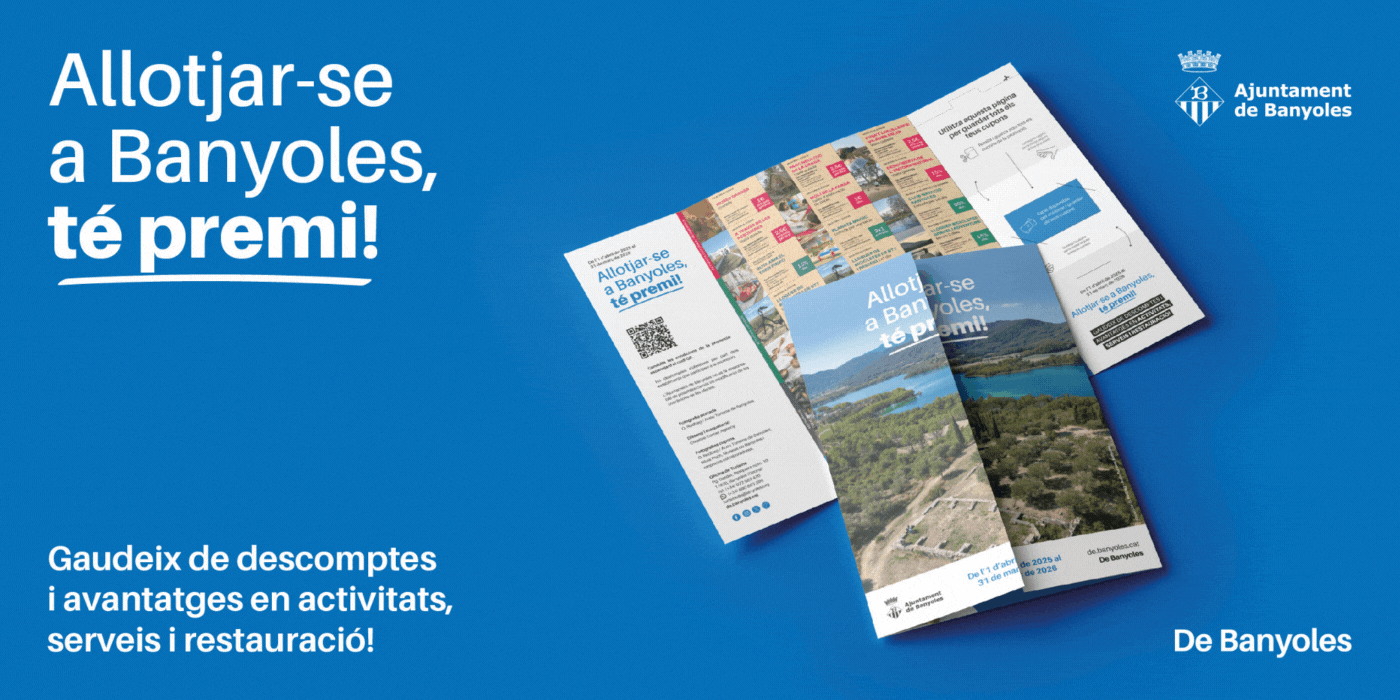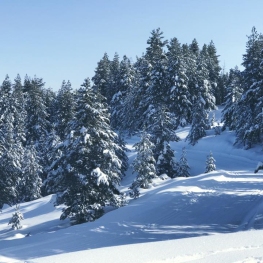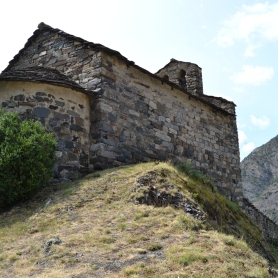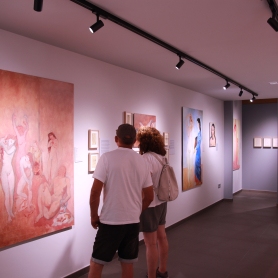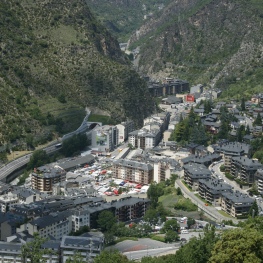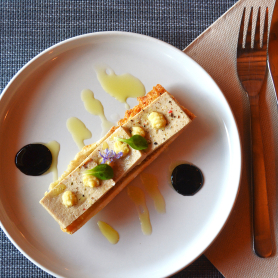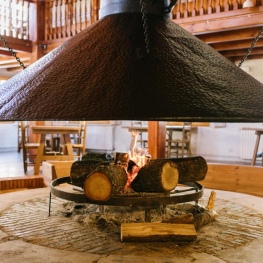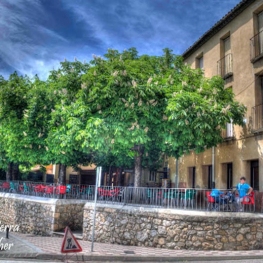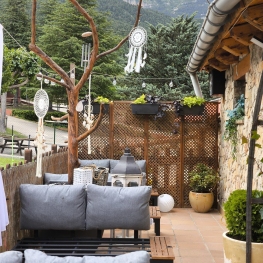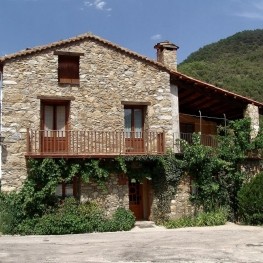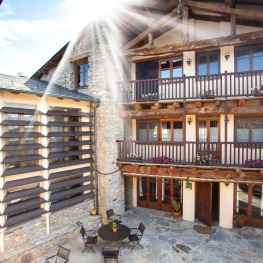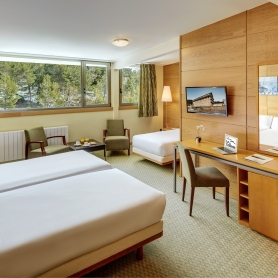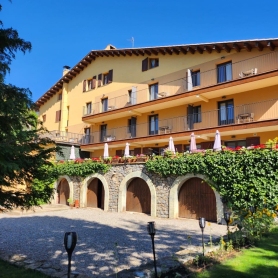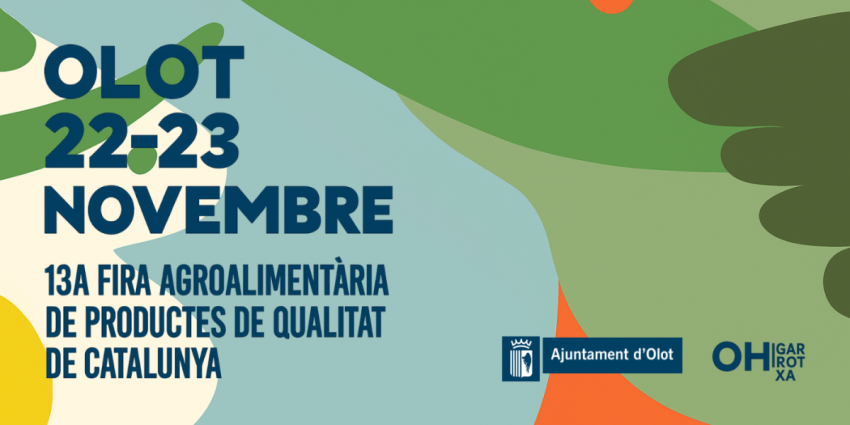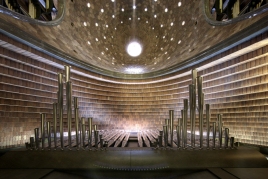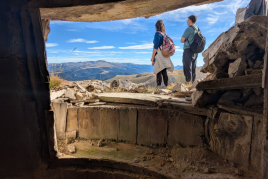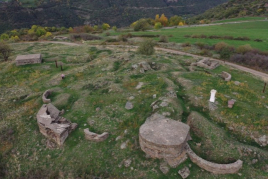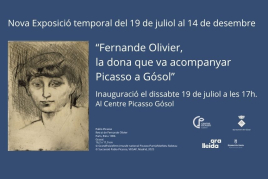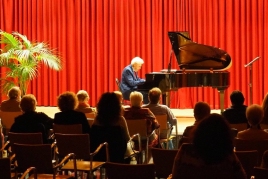Romanic path in the Alt Urgell
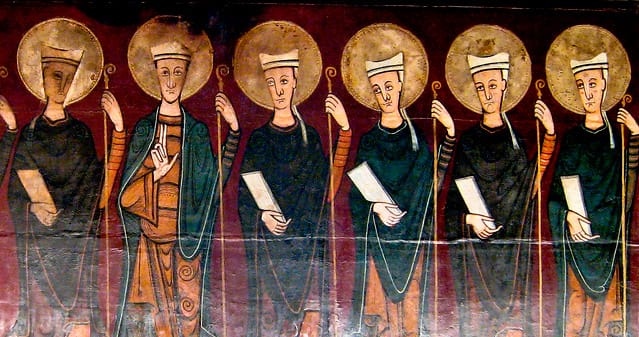
The Alt Urgell, despite being one of the largest regions of Catalonia, is one that has a lower population density. For this reason, natural and landscape values ??are key players in this area of ??the Pyrenees.
However, other values ??shine in this place, as, for example, the rich heritage that is preserved Romanesque. In this place the churches, such as Sant Serni Tavèrnoles, have become the most significant expression of the region of Catalonia even being reported, many of them National Interest Cultural Property.
The Romanesque Road which runs continuously from Perpignan and lets us know Bassella 53 Romanesque monuments belonging to the Alt Urgell, although the region extending over a hundred.
This route, existing since 1996, joins churches, castles and bridges of the time.
FemTurisme This month we present you some of the monuments that are part of the Milky Romanesque and are integrated in small towns and who live with their people. Sites and places that, in turn, add value to the path of the Romanic of the Vall de Boi .
Route's villages
Romanesque art
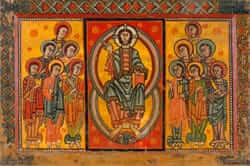 Romanesque art was an artistic style that developed in Western Europe between the eleventh and thirteenth centuries. This, initially, was a very austere style as used mainly for their broken stone buildings.
Romanesque art was an artistic style that developed in Western Europe between the eleventh and thirteenth centuries. This, initially, was a very austere style as used mainly for their broken stone buildings.
In this style of art, the art of architecture was fundamental. So, they built many castles, churches, bridges, monasteries and palaces.
On the other hand, religion occupied during medieval times, an important role in society. For this reason, churches weigh exceptional artistic samples are preserved still today.
Churches artistic style for this plant stand out as being in a Latin cross, distributed into three naves with barrel vaults inside.
Sant Andreu Sant Martí d'Aristot of Bescaran
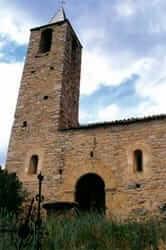 The route begins in the town of El Pont de Bar to visit the church of Sant Andreu d'Aristot. This Romanesque church dates from 1312 and stands out as a nave building with a barrel vault, ending in a semicircular apse.
The route begins in the town of El Pont de Bar to visit the church of Sant Andreu d'Aristot. This Romanesque church dates from 1312 and stands out as a nave building with a barrel vault, ending in a semicircular apse.
Continue the journey towards Estamariu . But first we stop at Ansovell , a tiny population belonging to Cava and located on the northern slope of Cadi. However, this town boasts a Romanesque church that welcomes, dedicated to Sant Martí.
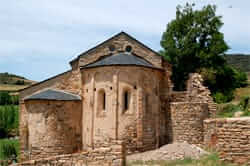 In Estamariu find one of the first examples in Catalonia implanted structures influenced by Lombard basilica, Roman rather than through the church of Sant Vicenç. This church stands near the road leading to Bescaran , the next stop.
In Estamariu find one of the first examples in Catalonia implanted structures influenced by Lombard basilica, Roman rather than through the church of Sant Vicenç. This church stands near the road leading to Bescaran , the next stop.
In Bescaran remains one of the most important pieces of Romanesque heritage of the Alt Urgell, the steeple of the church of Sant Martí. This bell stands out as having been built between the XII and XIII and have a Lombard style tower.
Sant Serni Tavèrnoles
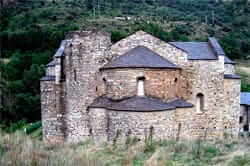 The Romanesque Way's population continues Anserall , term within the municipality of Les Valls de Valira , where you can see the abbey of Sant Serni Tavèrnoles (San Saturnino de Tabérnolas), Visigothic origin, known by locals as "monastery ". It rises 300 meters from the population center.
The Romanesque Way's population continues Anserall , term within the municipality of Les Valls de Valira , where you can see the abbey of Sant Serni Tavèrnoles (San Saturnino de Tabérnolas), Visigothic origin, known by locals as "monastery ". It rises 300 meters from the population center.
The church was one of the first Romanesque buildings to form through the efforts of Abbot Oliva, which was proposed to renew the churches of the diocese of Vic, influence spread to other buildings.
The Basilica of Sant Serni Tavèrnoles was consecrated in 1040.
The name of this building will come, possibly, to its proximity to the monastery, where hostels were located about giving service to travelers and they called "taverns" which conditioned that this building was known eventually as "Tavèrnoles" .
Currently, only the header is preserved building, although at the National Museum of Catalan Art (MNAC) you can find the tables of the altar and baldachin fragment.
The Romanesque Way by Les Valls de Valira
The Romanesque Way welcomes other Romanesque monuments that are located in various populations - Argolell , Asnurri , Ars and Civís - belonging to the municipality of Les Valls de Valira . In Argolell is the church of Santa Eugenia, rectangular and semi-elliptical apse.
Just as has happened in Sant Serni of Tavèrnoles the MNAC also contains three fragments of wall paintings from the apse of this church.
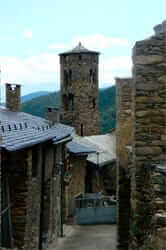 At the top of Asnurri remains the church of Santa Eulalia. This is documented, for the first time in 1038. Although it has undergone changes, the church preserved, yet the essence preceded by a Romanesque nave and a semicircular apse.
At the top of Asnurri remains the church of Santa Eulalia. This is documented, for the first time in 1038. Although it has undergone changes, the church preserved, yet the essence preceded by a Romanesque nave and a semicircular apse.
The church of Sant Martí d'Ars is integrated in this small population of 40 inhabitants. In this temple are preserved bell tower and south wall, both Romanesque style. You have to appreciate its cylindrical bell as it is one of the few that exist today in the Pyrenees and could be considered, too, only in Catalonia. Emphasize, too, that this monastery, during the Middle Ages, was the political center of the valley of Sant Joan.
The population of Civís houses the church of Sant Pere d'Os, also Romanesque and dated the year 1312. This building has some characteristics that break with the Romanesque, fortification, the square and the building on two floors.
Of the Valls d'Aguilar in Tost, the last section
The last part of that we propose Romanesque Way runs along the itinerary route between Santa Maria de Castellbo, Santa Elena de Trejuvell, Taus Sant Marti and Sant Martí de Tost.
The population of Montferrer i Castellbo occupied an important role during the medieval period as it became one of the nerve centers of Catalonia. It is known that this population was walled and had two towers and still retains a well as part of the ruins of the castle.
However, what is interesting in this population, in Romanesque style, is the church of Santa Maria del year 1436, of which three are round apses this style.
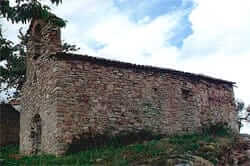 On the way to Trejuvell obligatory stop is the church of Santa Maria de Costoja. In this church were buried Ermesenda viscounts and Castellbó Arnau, although the remains were burned later, particularly during the period of the Inquisition.
On the way to Trejuvell obligatory stop is the church of Santa Maria de Costoja. In this church were buried Ermesenda viscounts and Castellbó Arnau, although the remains were burned later, particularly during the period of the Inquisition.
Trejuvell hosts the Romanesque church of Santa Elena and Les Valls de Valira find Sant Esteve de la Guardia and Sant Martí de Taús.
Finally, and to complete the route may visit the monastery of Sant Martí de Tost.
You may also be interested in: Know the religious heritage | Live the Catalan Romanesque closely | A trip through Catalan art
What to do
Estació d'Esquí Tuixent - La Vansa
Josa i Tuixent (a 13.9 Km)Enjoy 30km of multi-level circuits for cross-country skiing and snowshoeing at the…
Església de Sant Serni de Nagol
Nagol (a 10.1 Km)Small in size but of great historical value, the church of Sant…
Centre Picasso de Gósol
Gósol (a 10.8 Km)Pablo Picasso, who was 24 years old at the time, decided to…
Sant Julià de Lòria (Parròquia)
(a 9.6 Km)Among all the places of interest in this parish, it is worth…
Where to eat
Taverna de La Vansa
La Vansa i Fórnols (a 12.8 Km)A self-managed mountain tavern in Espai La Vansa, ideal for enjoying local…
Restaurant Apartaments Els Roures
Castellar del Riu (a 28.4 Km)Rest, charm and good cuisine, a unique space located in Berguedà, at…
Bar Restaurant El Jardí
Sant Llorenç de Morunys (a 21 Km)The Bar-Restaurant El Jardí de Sant Llorenç de Morunys offers traditional cuisine…
Restaurant Font Freda
Castellar del Riu (a 28.7 Km)A restaurant offering a wide selection of Catalan dishes, especially notable for…
Where to sleep
Hotelet d'Estamariu
EstamariuEnjoy a small rural hotel surrounded by nature, silence, and tranquility, designed…
Hotel & Spa La Collada
Toses (a 8.8 Km)Hotel & Spa La Collada, a 4-star hotel with 90 rooms located…
Hostal Cal Franciscó
Gósol (a 11.2 Km)The hostel is located at a crossroads that leads to different routes,…

